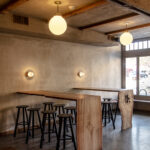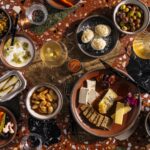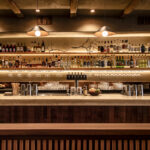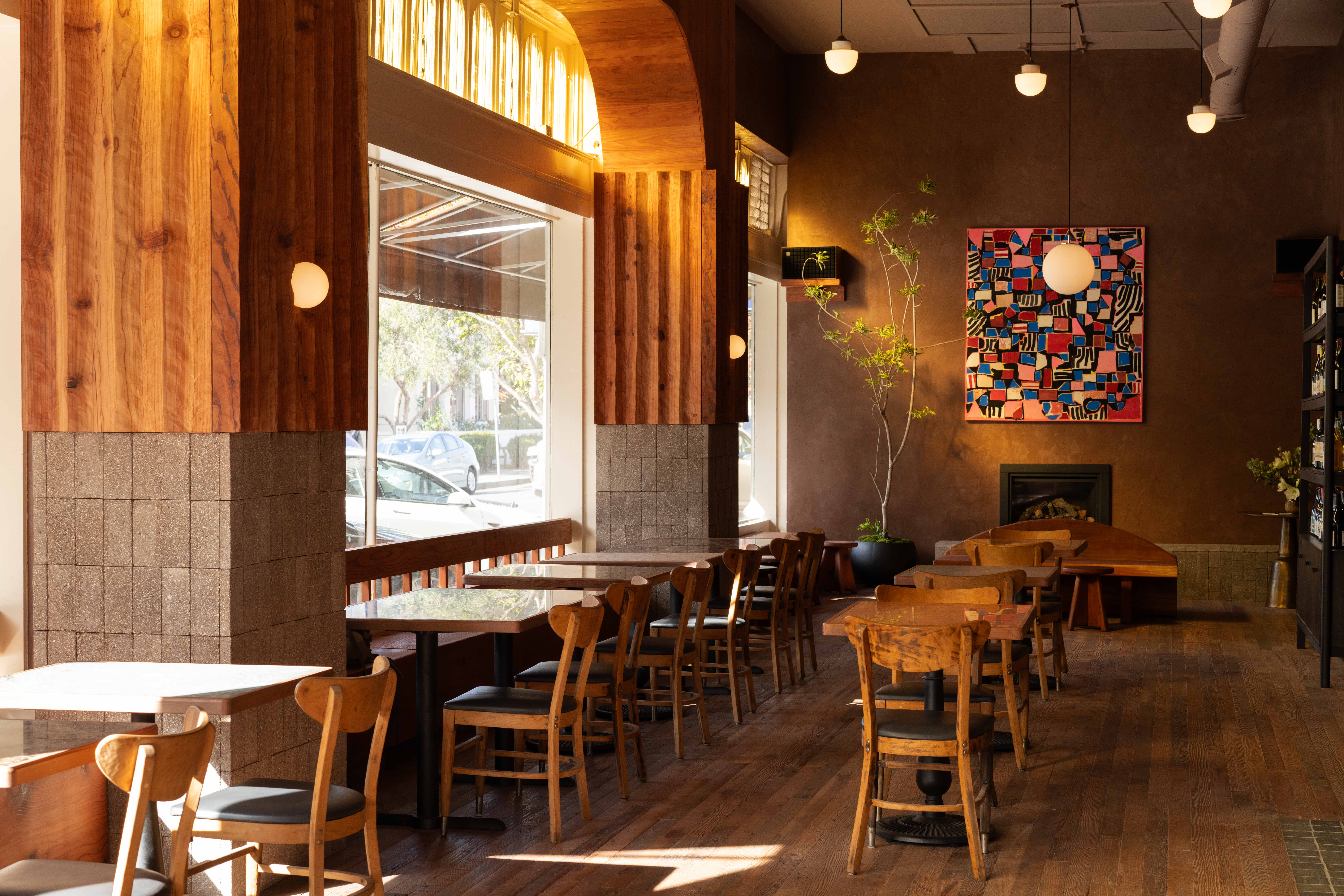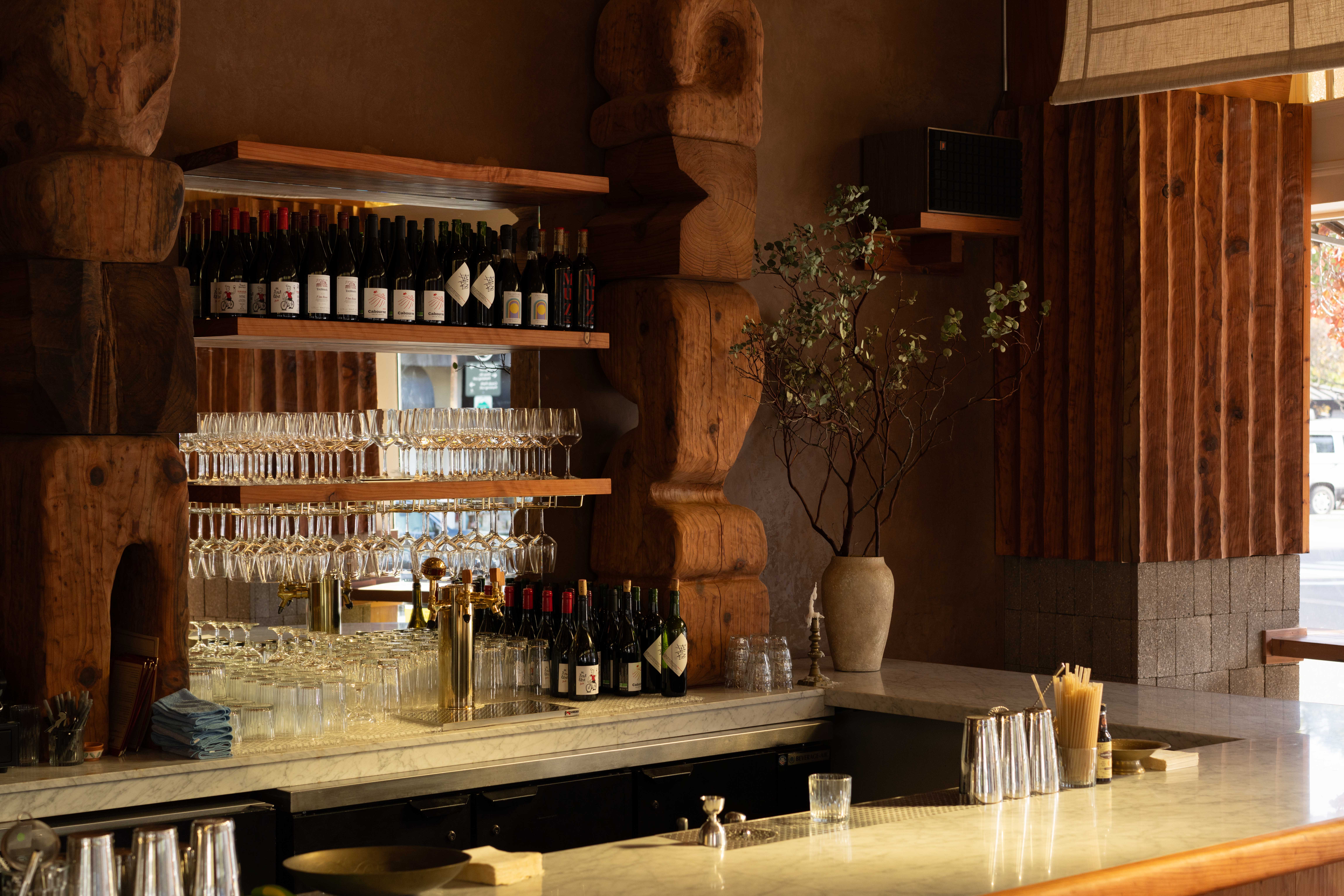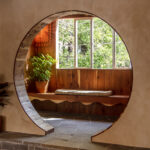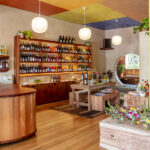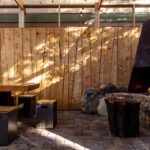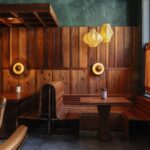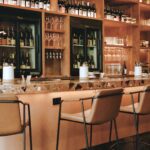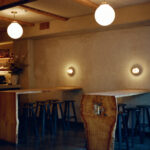Strand Out
Author:Abigail StoneThe Strand Design‘s Margaret Ruiz shares her secrets for creating comfortable and cozy eateries that invite patrons to linger
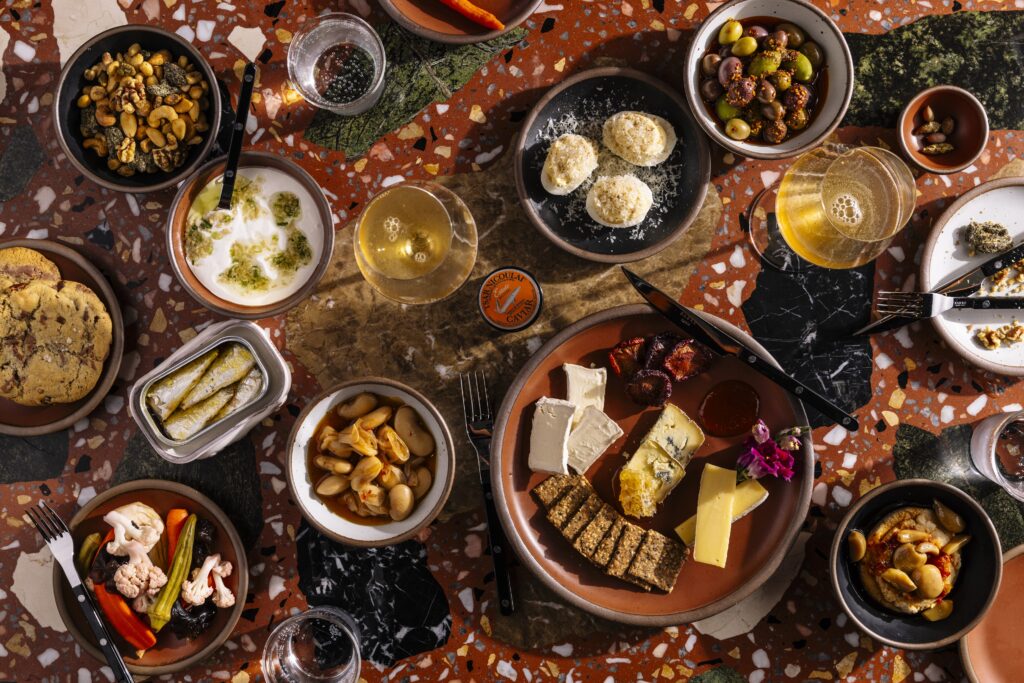
While it’s perhaps, inevitable that Margaret Ruiz would forge a career in interior design—“My father was a contractor and my mother owned an antique shop,” she remembers—it’s her knack for creating comfortable, inviting restaurants and bars that sets her apart.
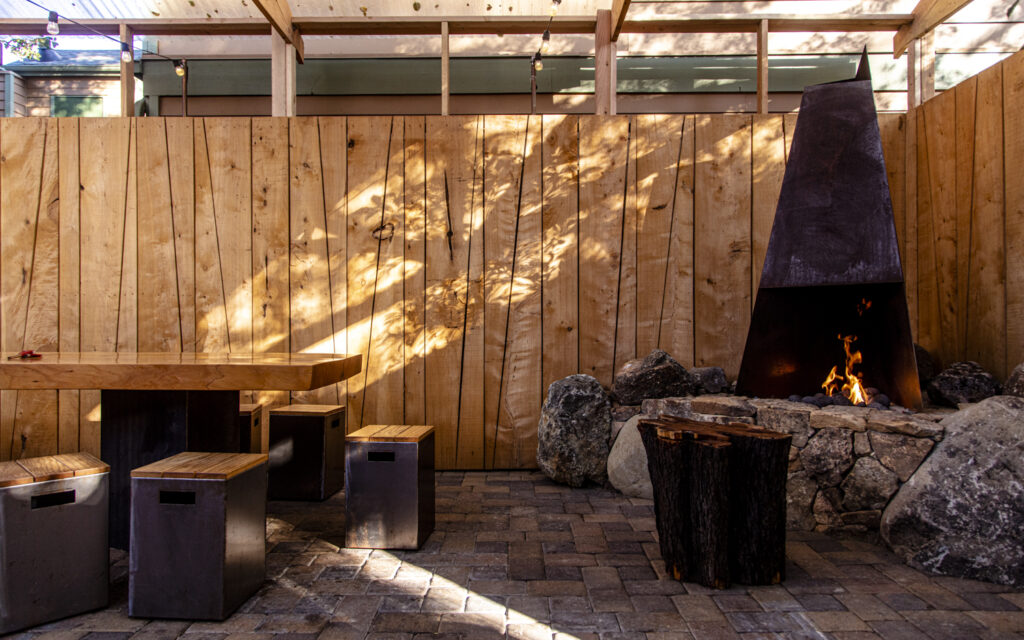
“Hospitality is a unique opportunity to create a dynamic backdrop for a variety of public, yet also very intimate, moments which I just think is so cool,” she shares. Her outlook was honed by her experience; she worked at restaurants, waiting tables and performing managerial duties, while working her way up the ladder at various design firms. “So the world of hospitality is one I’m very familiar with.”
It’s also where she met her husband, mixologist and restauranteur David Ruiz. “His drinks are the best!,” she raves. They moved to Marin with the idea of opening their own place. “I would design it and he would run it,” she says. The result, Stillwater, was their first collaboration. It was also the first hospitality project from her firm, The Strand Design. Since then, she’s tackled Souvenir Bottle Shop, Bar Gemini and the recently debuted Voyage.
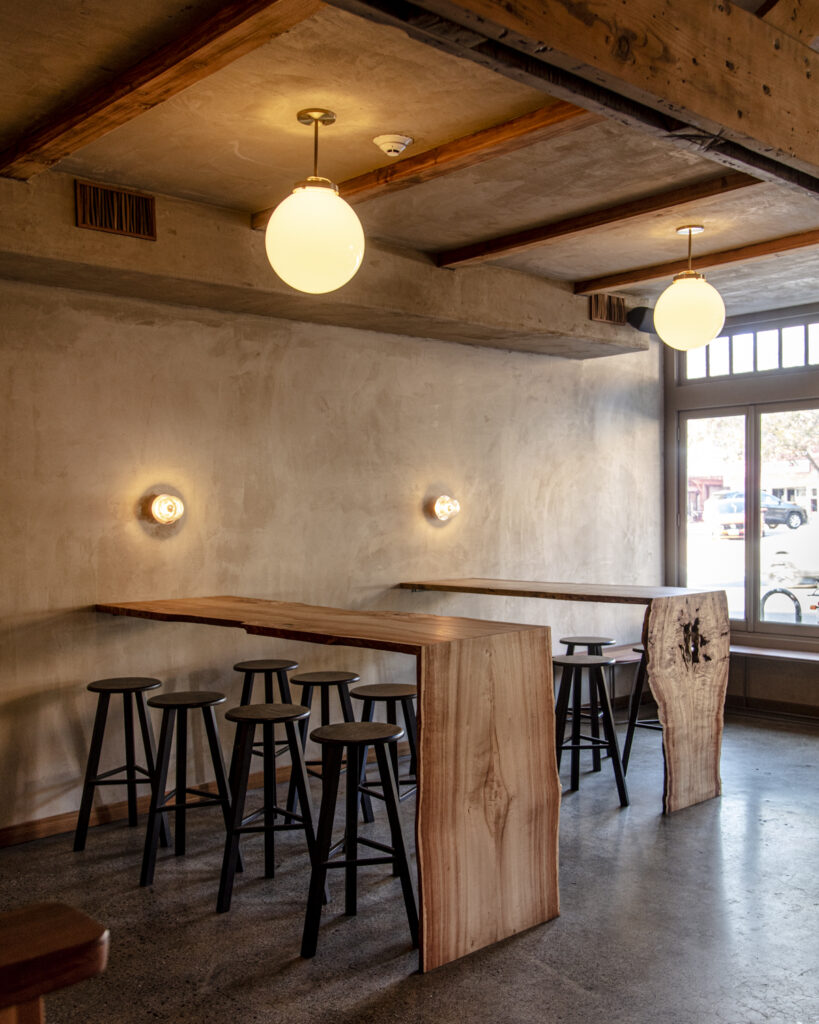
“As my confidence has grown, I’ve gotten more courageous in my designs, trying new things I’ve never seen before, and trusting my intuition more in the process,” she says. She’s learned how to navigate the maze of intricate, often archaic, building codes and health department demands. “I always try to push the envelope and envision singular designs, while still complying with the many rules and needs that are unique to the hospitality industry,” she shares. “There’s a delicate balance between creativity and code that I’ve gotten better at navigating with each project.”
The process starts by encouraging her clients to dream big. “How do they want the space to feel? What vibe do they want for their guests?” She shares the evolution of Bar Gemini’s design as one example. She spent a lot of time with the wine bar’s owners, Dominique Henderson and Alex Pomerantz, perusing design books, discussing their favorite places, and even visiting a few of their dream spots. “There’s a lot of back and forth that goes on during this phase as I work towards getting a feel for their aesthetic.”
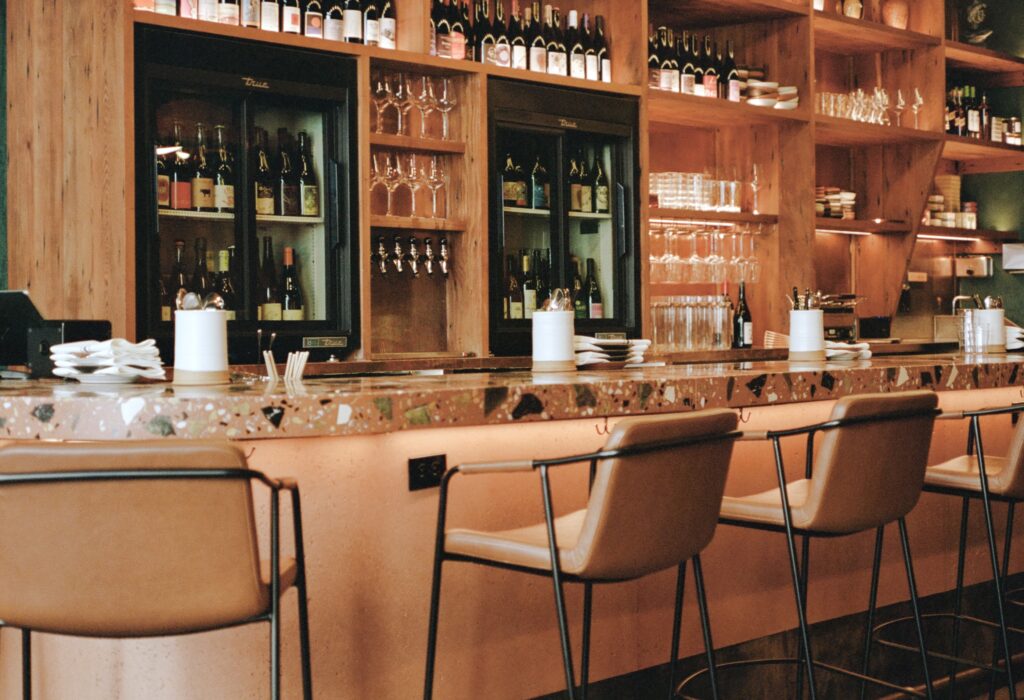
Henderson and Pomerantz shared their their love of Italian and French wine bars. Ruiz noted that they gravitated towards midcentury designs. “And I knew that they wanted to bring in some natural, specifically California aspects.” That mix of influences can be seen in the terrazzo bar top, a hallmark of midcentury modern design, and the room’s warm greens, terracotta and caramels which conjure up the majestic redwood forests of Northern California. “I think we did a nice job of merging these seemingly disparate styles into one cohesive whole, while also creating a lived-in feeling out of a newly-constructed space.
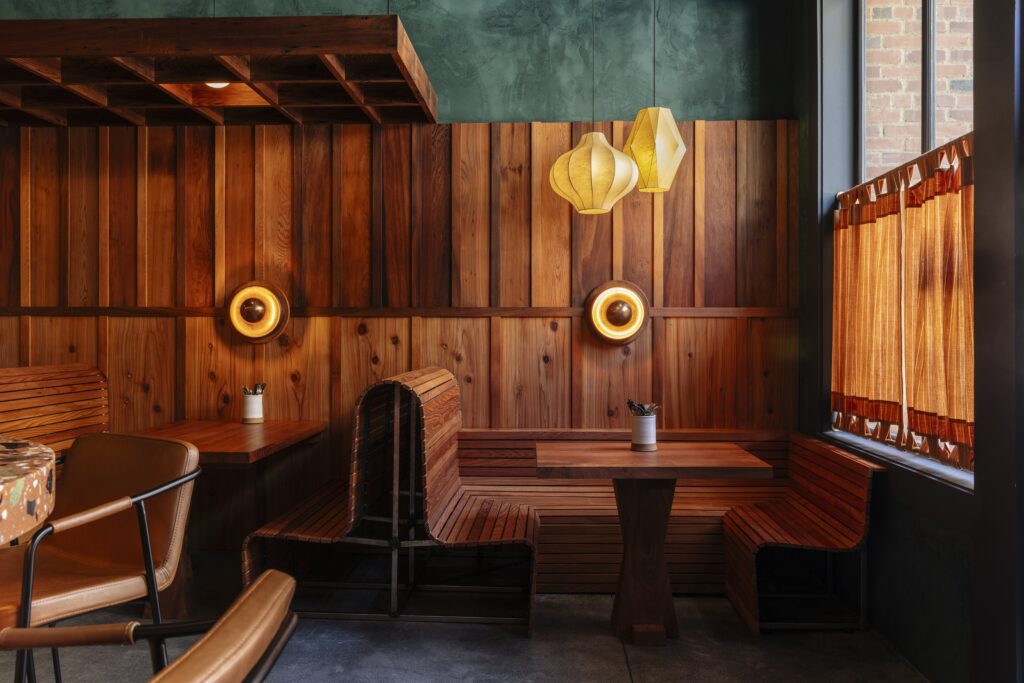
Functionality, Ruiz believes, forms the underpinning of a good hospitality space. “Primarily, they need to run smoothly,” she says, pointing out that it’s the “invisibles”—flow, acoustics, lighting, program—that are the heart and soul. Natural materials, like stone, wood and plaster, add texture and layers, characteristics which are only amplified as the space is used. “I love how these materials patina, adding warmth and soul,” she says.
She also likes to play with negative space. “Instead of filing up a space with a lot of furniture, I like to leave certain areas open to impart a sense of calm and ease,” she reveals. “In a world inundated with stimuli, it can be really nice to step into a place that offers a feeling of respite and zen. It’s like taking a clean, deep breath,” she points out. “Plus, it gives guests a place in which to enjoy and savor their own, intimate interactions.”
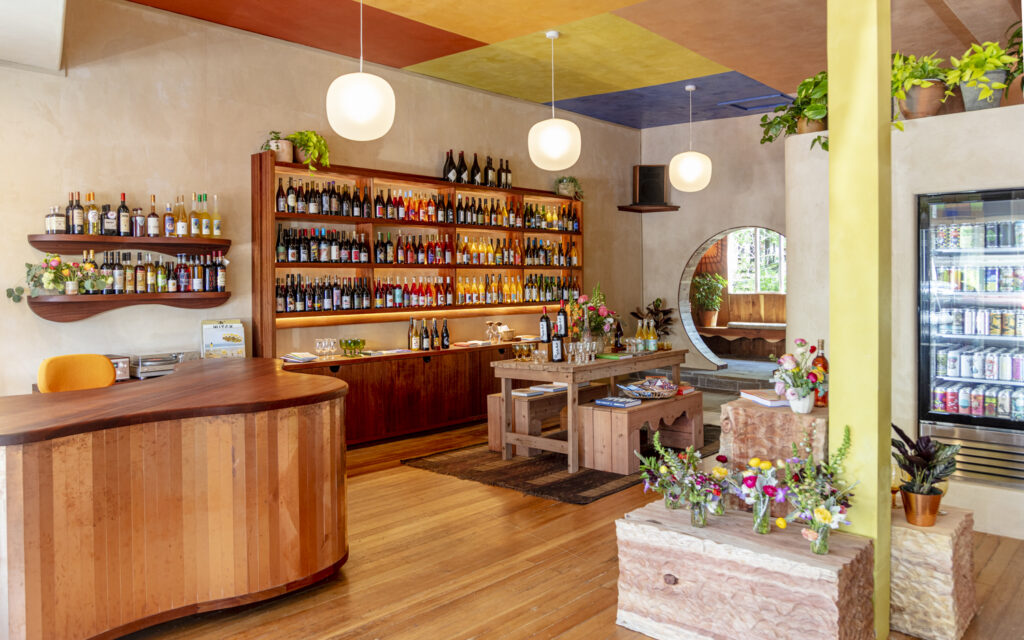
When it comes to designing a bar and a restaurant, the biggest differences are in their seating and in their overall layout. “I think of restaurants as a little more orchestrated and controlled, while bars are a bit more fluid,” she says, “But they both need to be durable.”
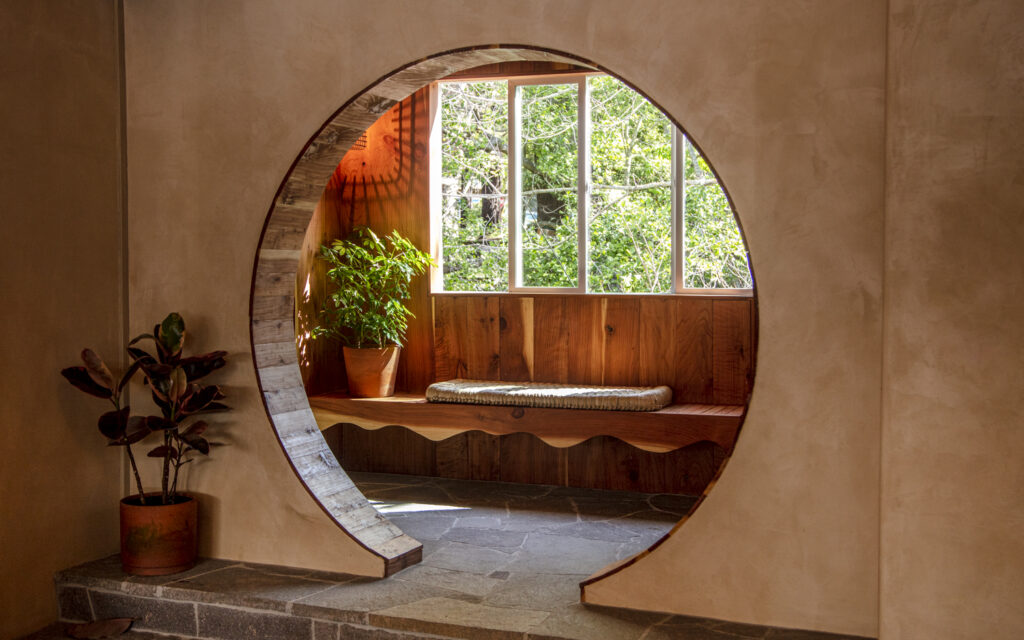
Voyage, her most recent project, is also Ruiz’s boldest design with large sculptural hand-carved redwood columns that anchor the back of the bar. “It was something that I’d never seen before but I was fixated on making it come to life and I worked closely with the woodworker and the contractor to achieve my vision,” she recalls. “How to make them, how to install them, how to seal them, and then how to get through the health department inspection. But, in the end we made it work!”
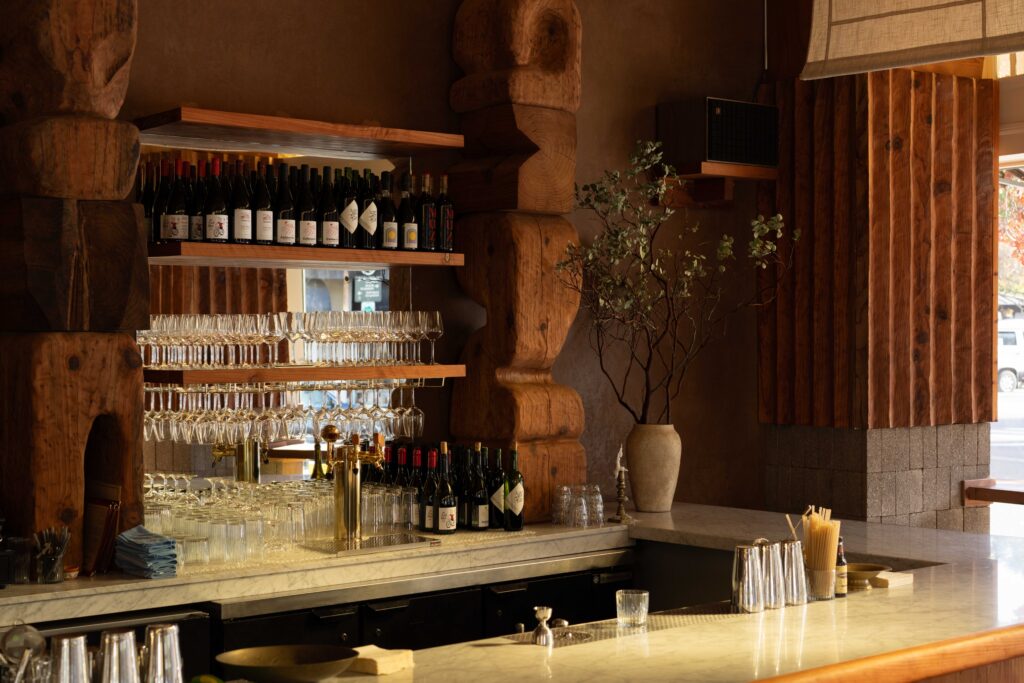
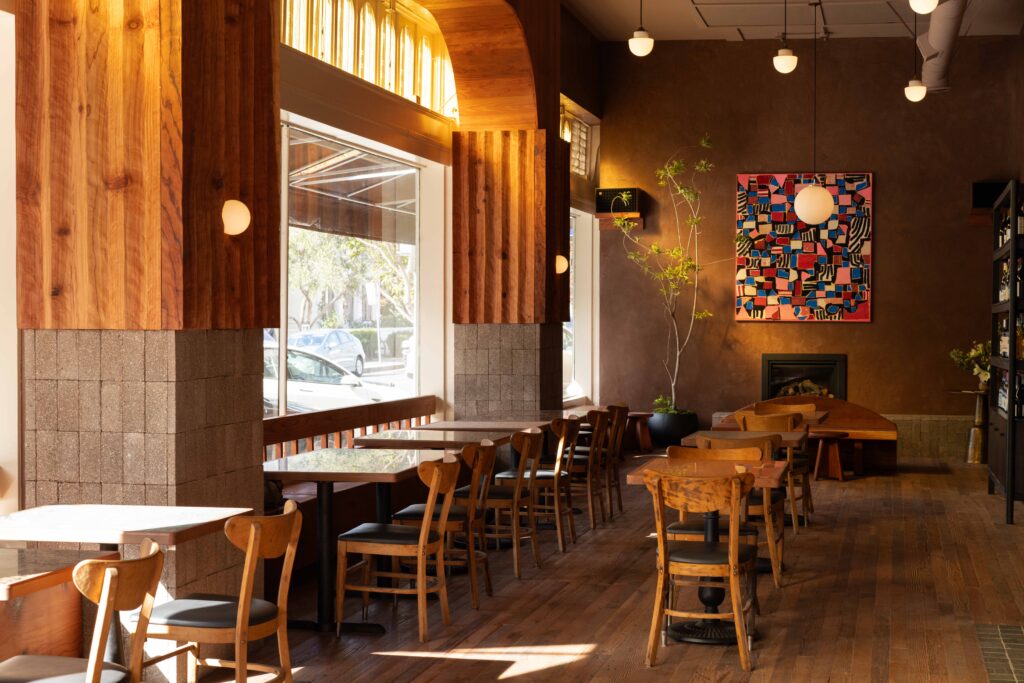
As a change of pace, the firm is currently working on “a bunch of fun residential projects. But what I’d really love—my an absolute dream project—would be to combine the best aspects of what I’ve learned about working in residential and what I’ve learned in hospitality design into a really great boutique hotel.”
Does she have any advice for people looking to break into hospitality design? She does: “Have fun! Try to break the mold and create something new. And, most importantly, understand the local health codes!”
